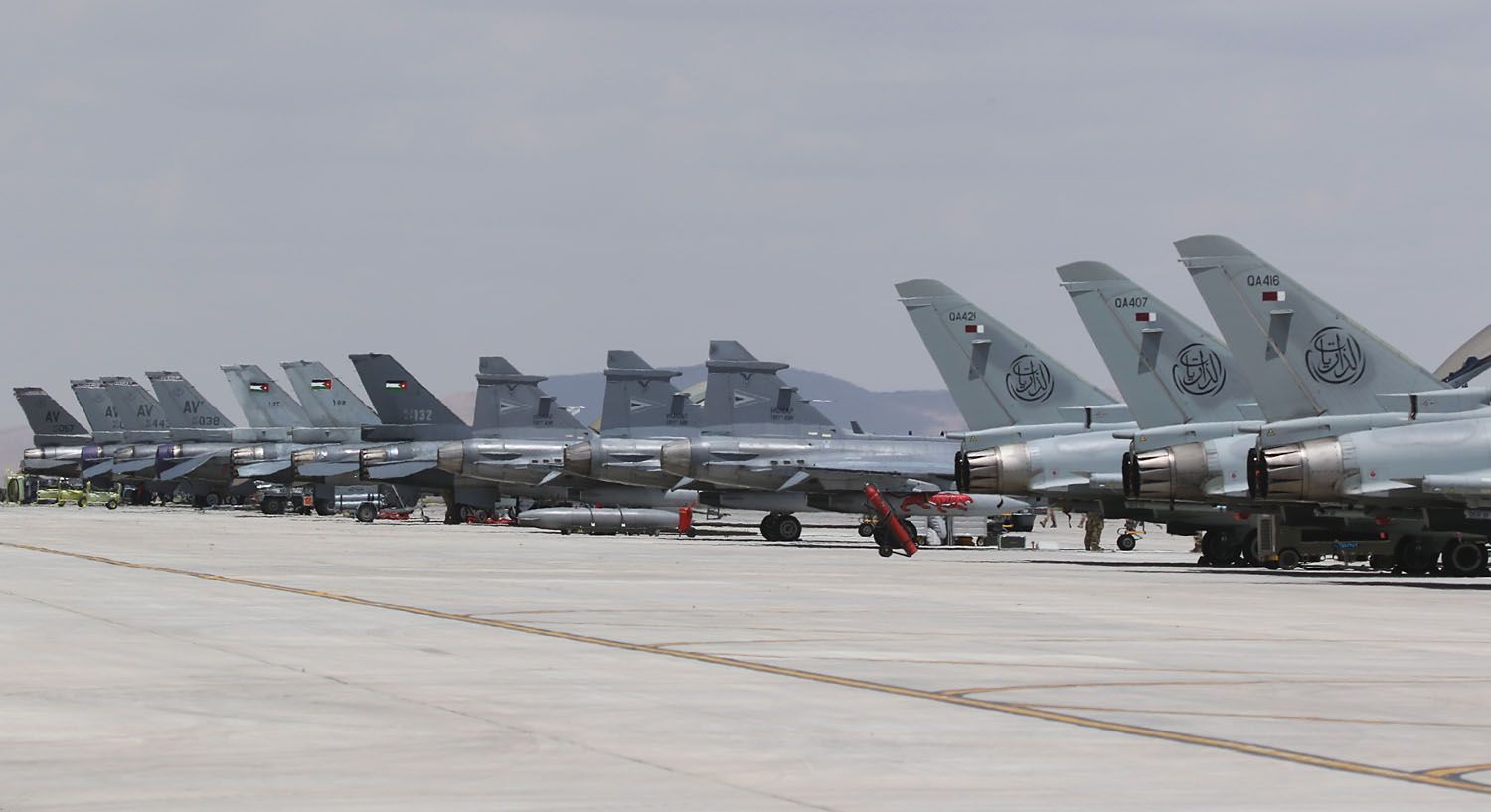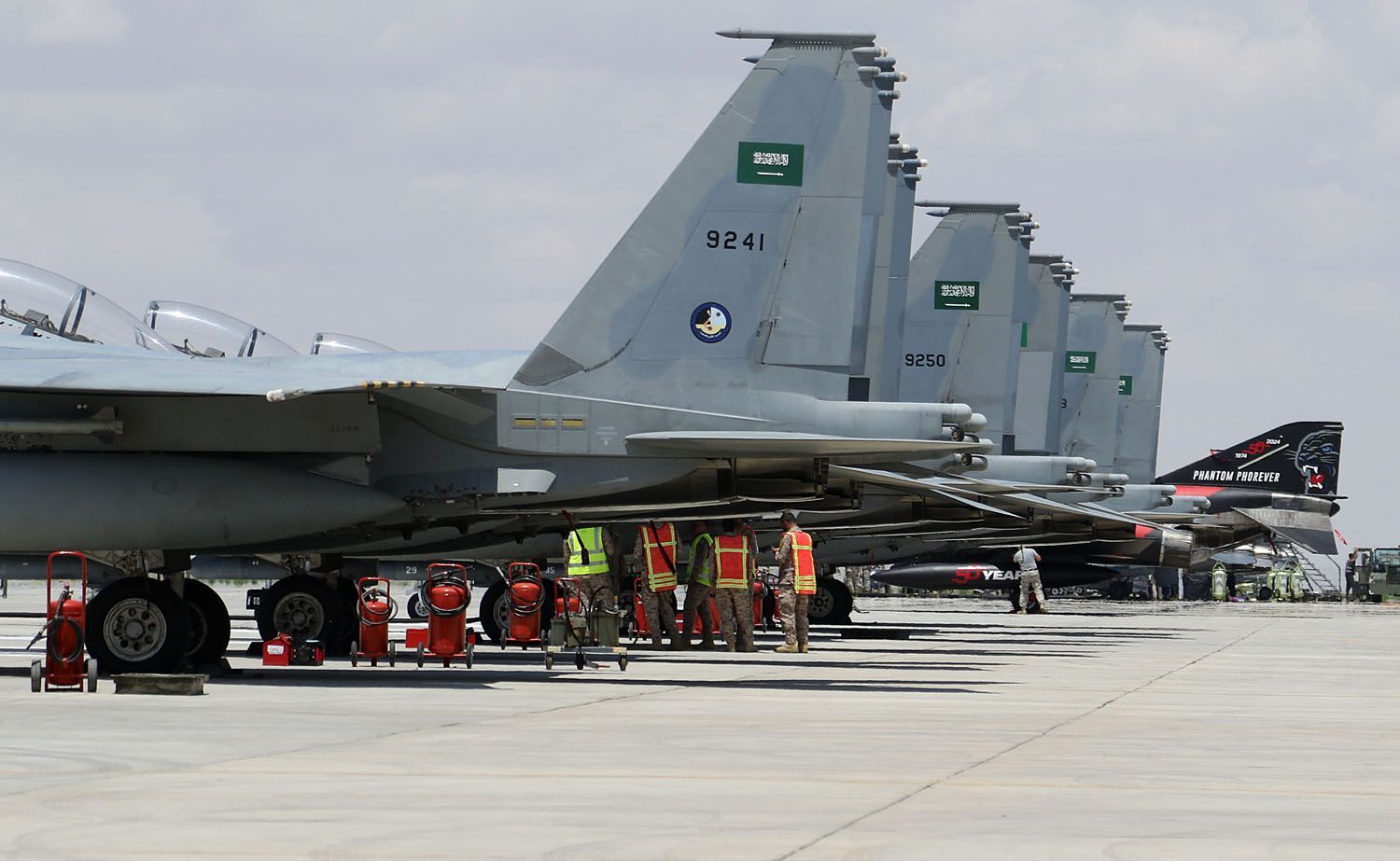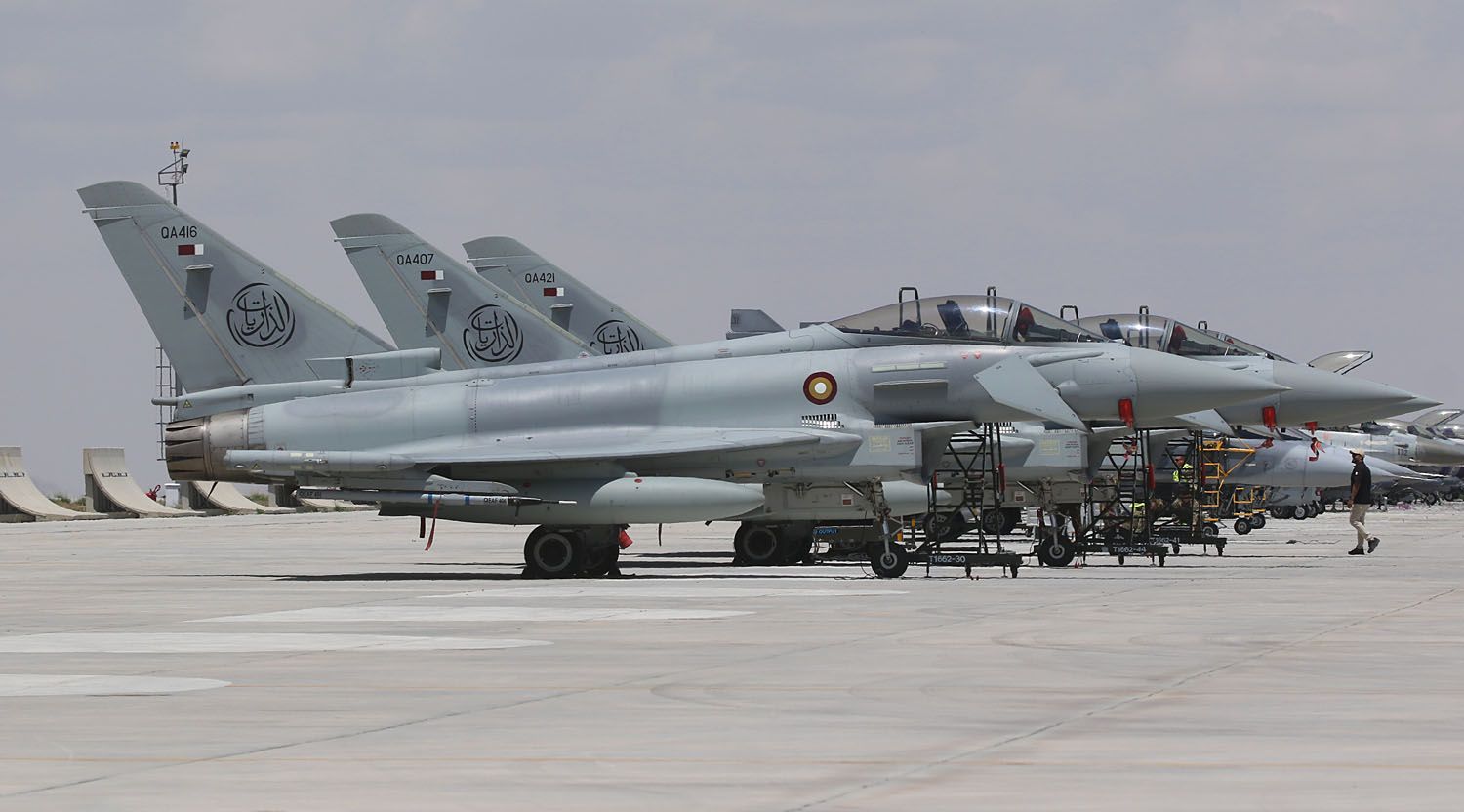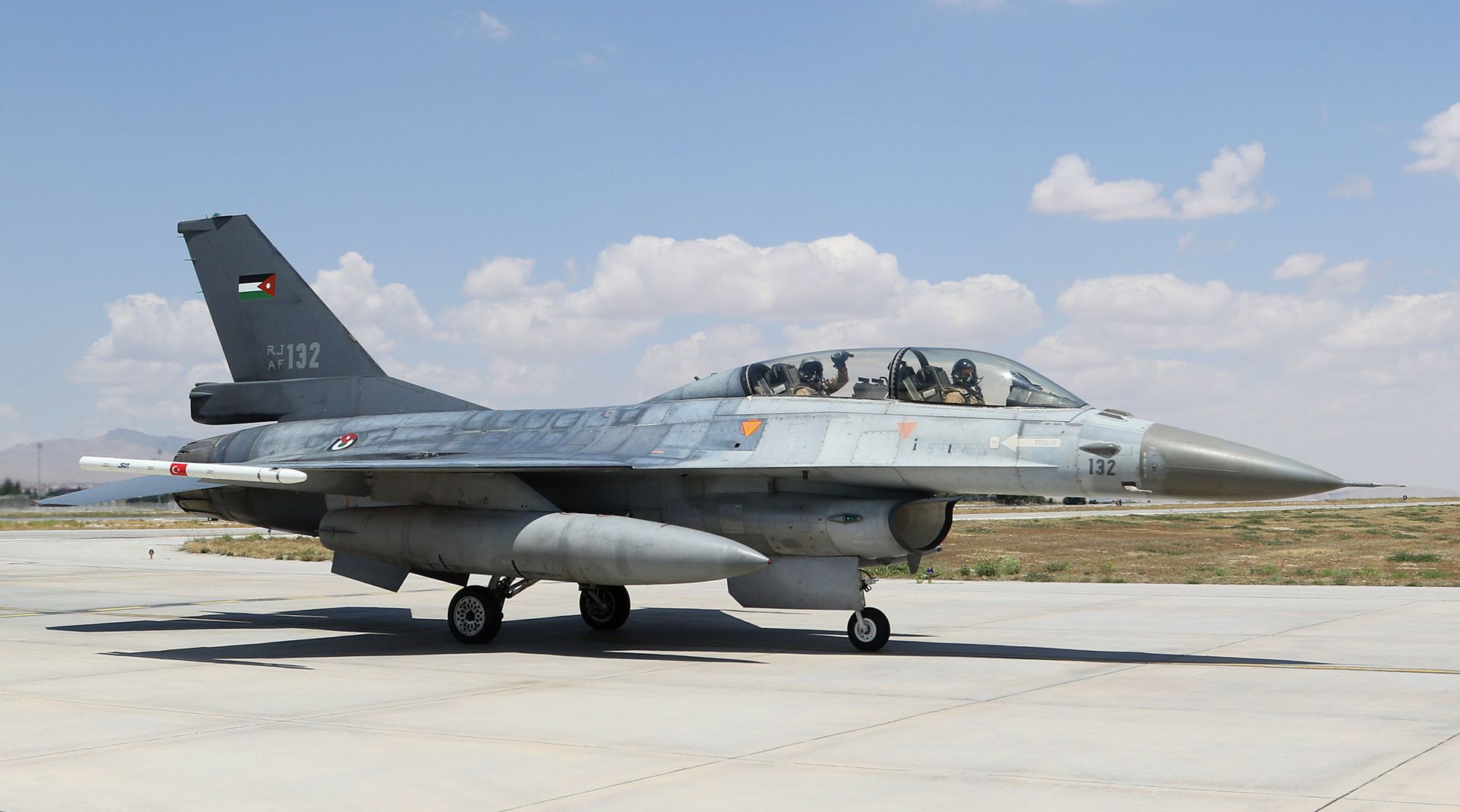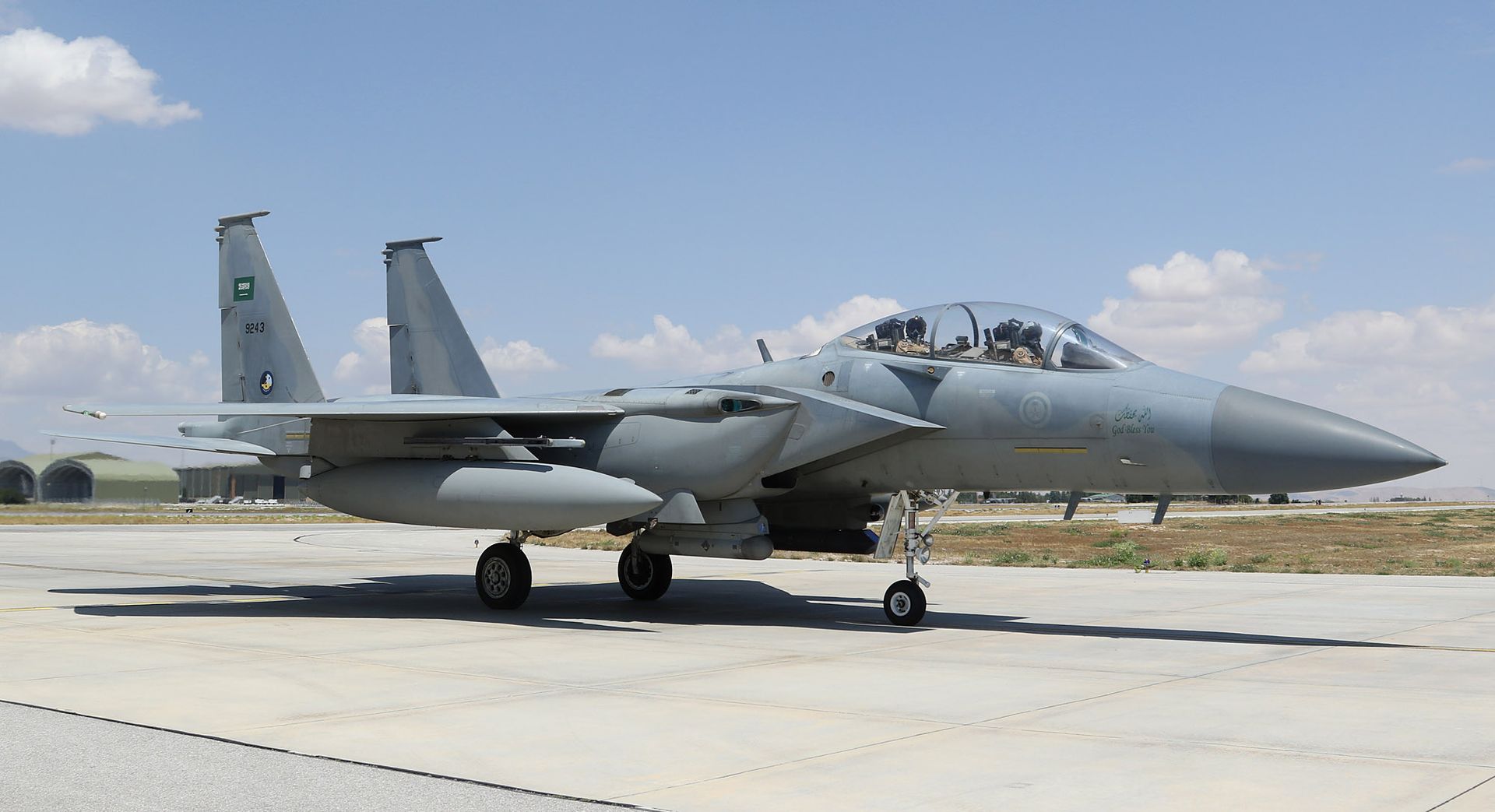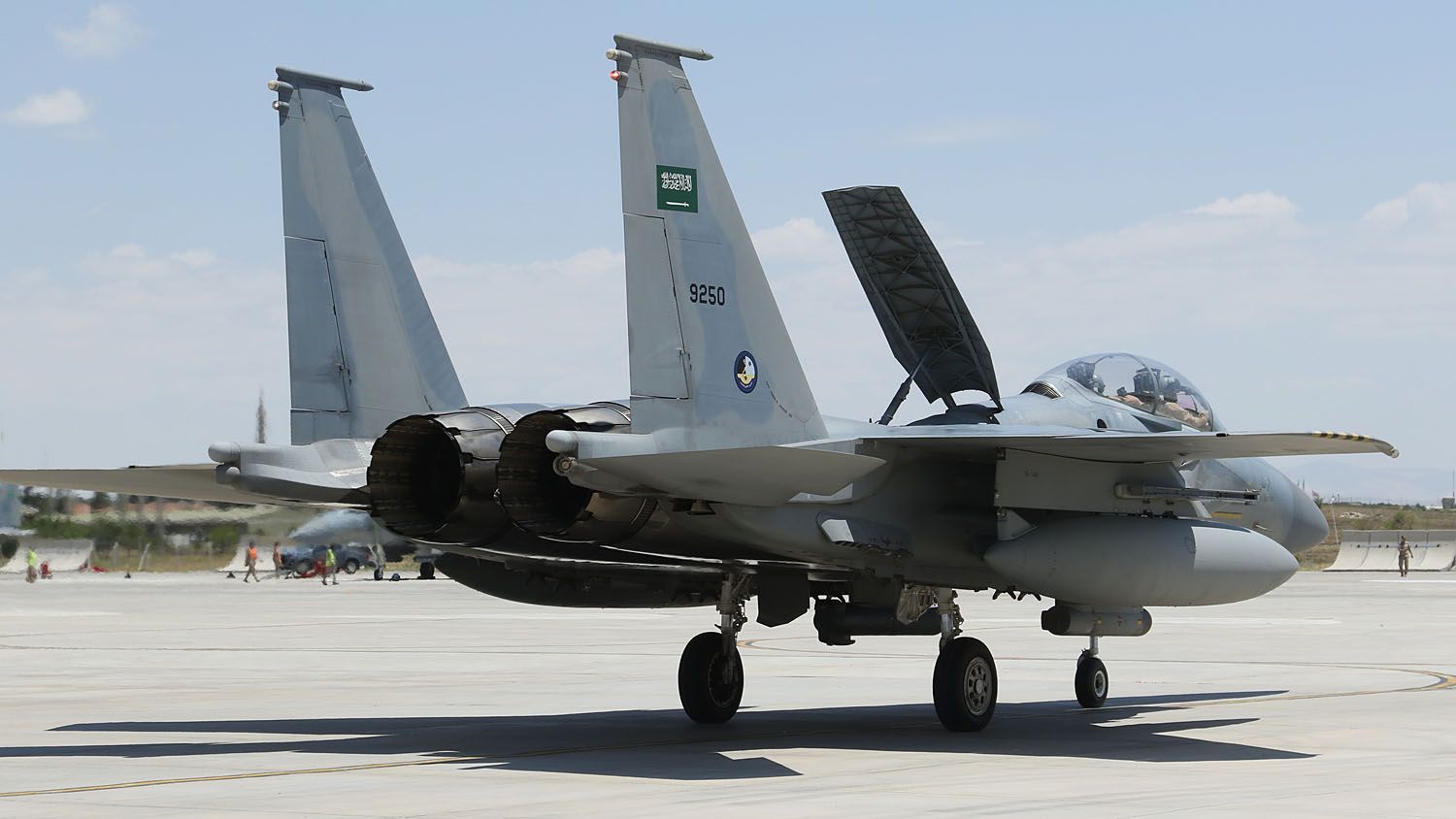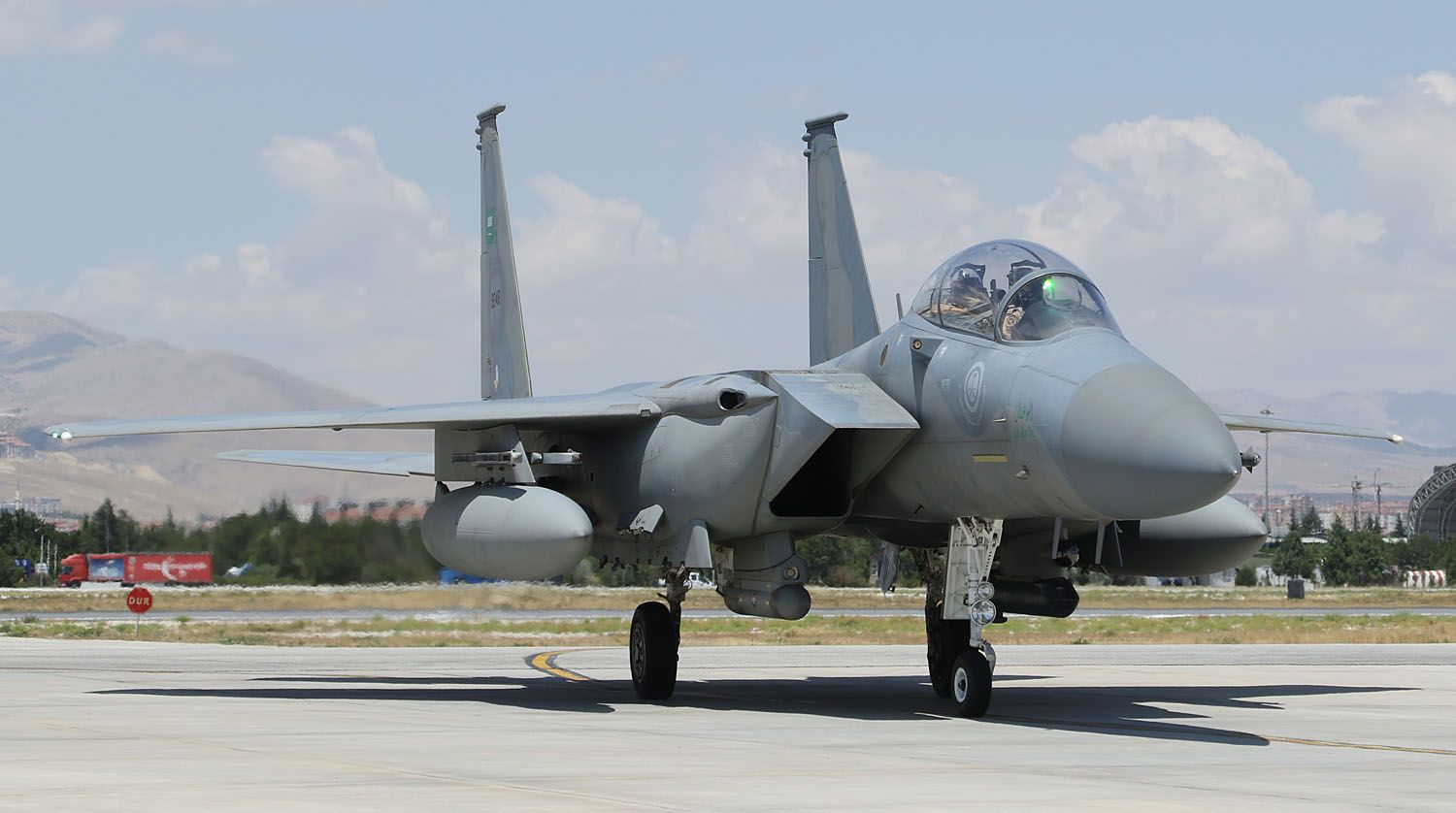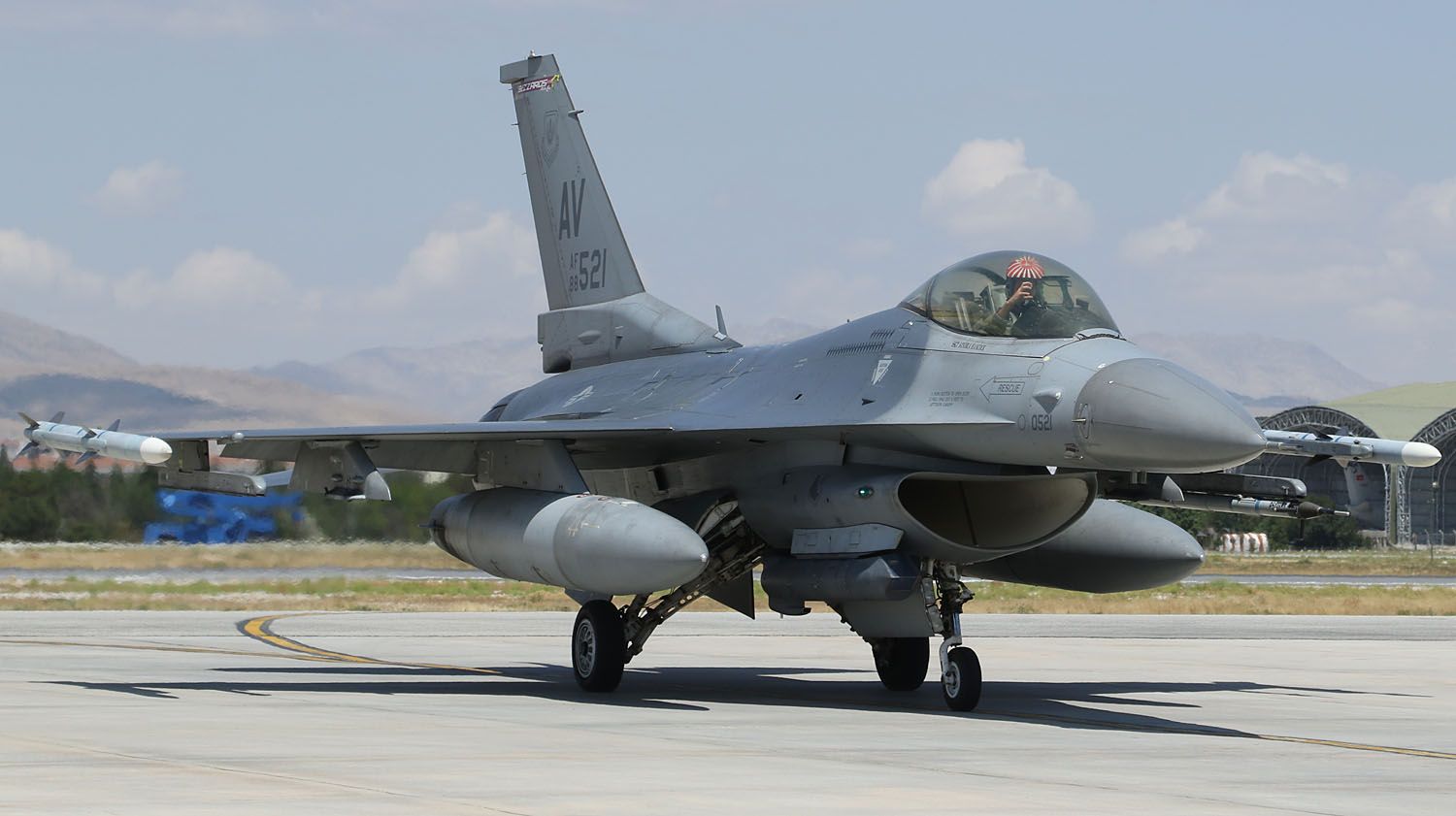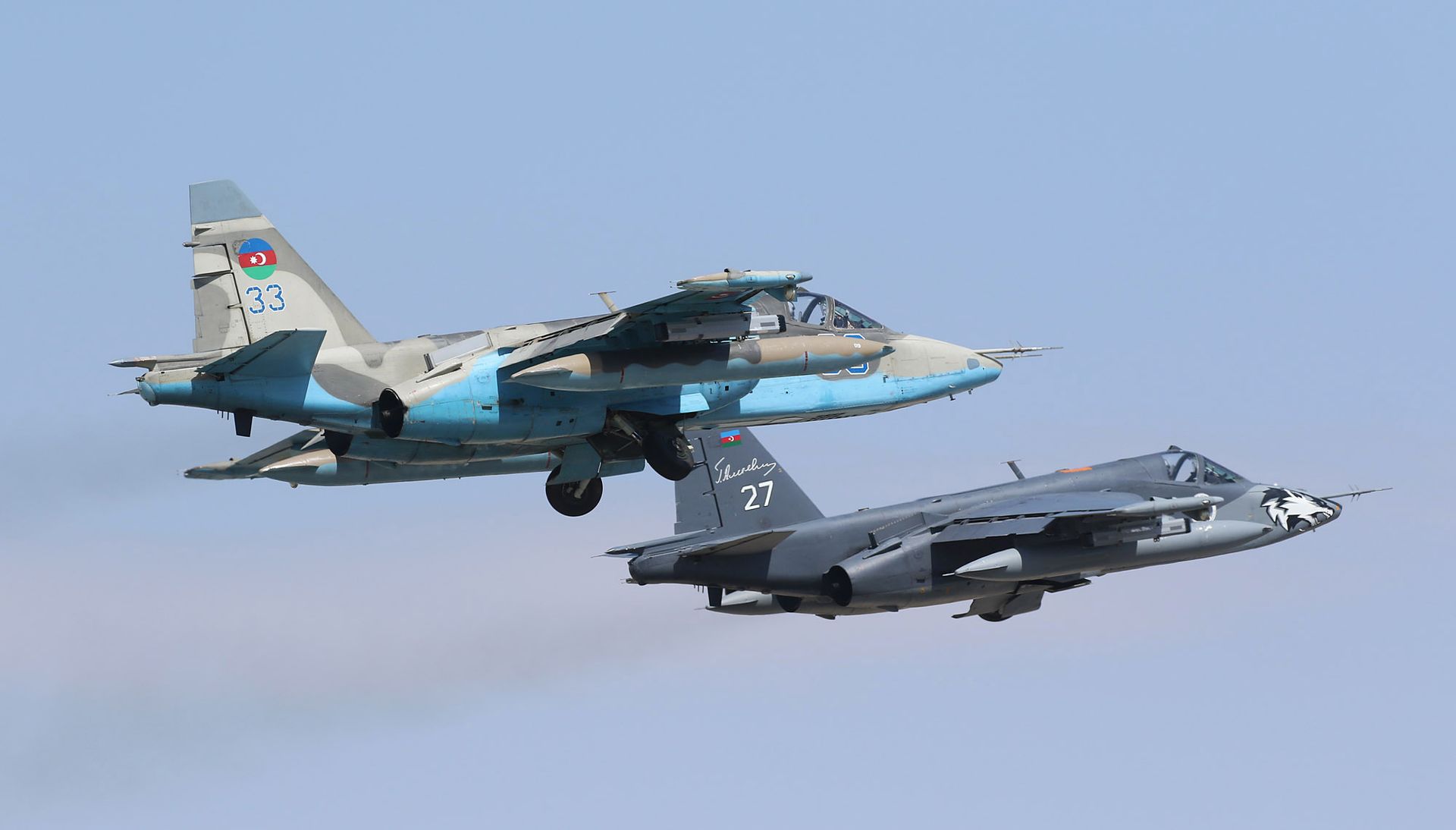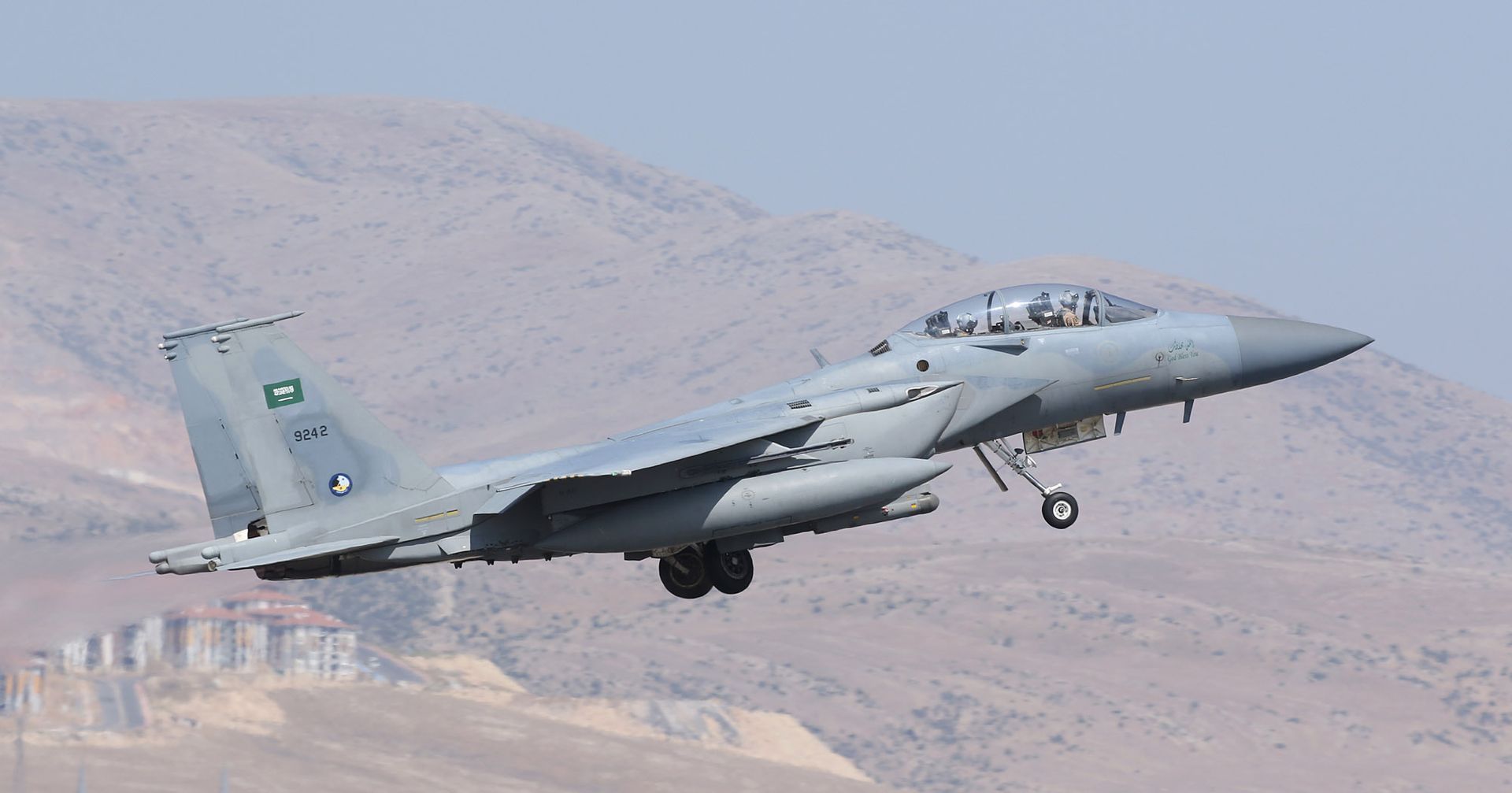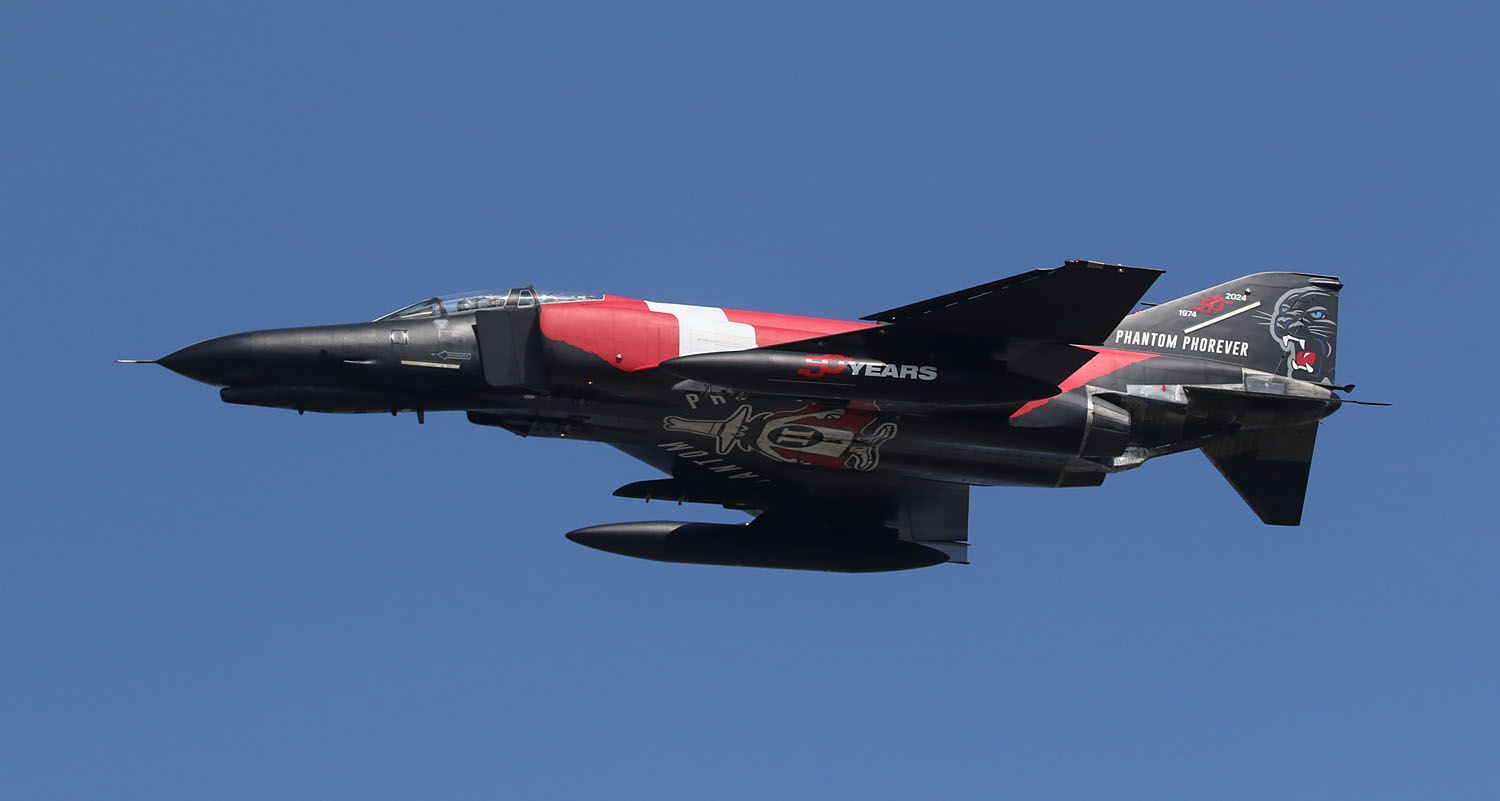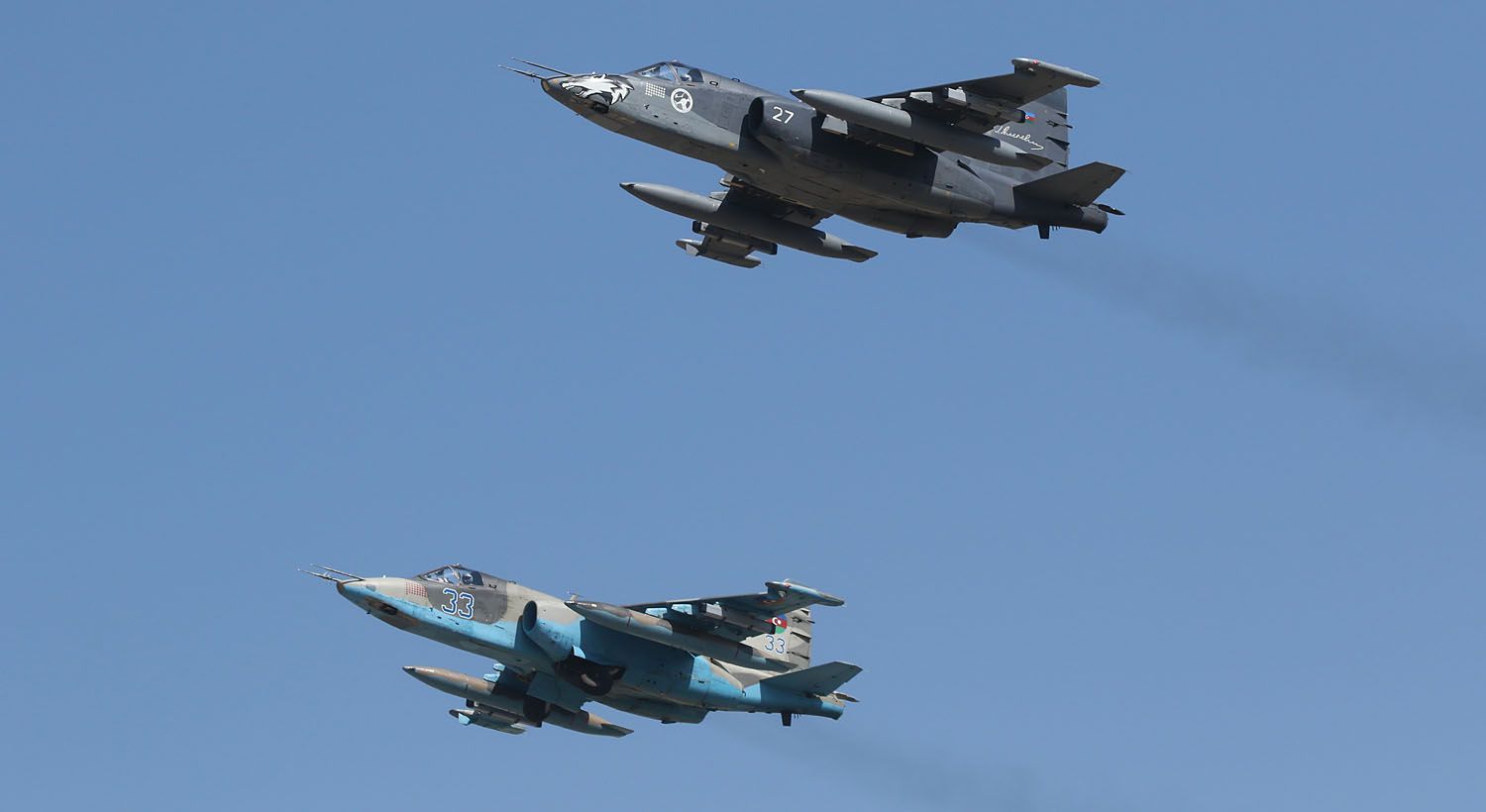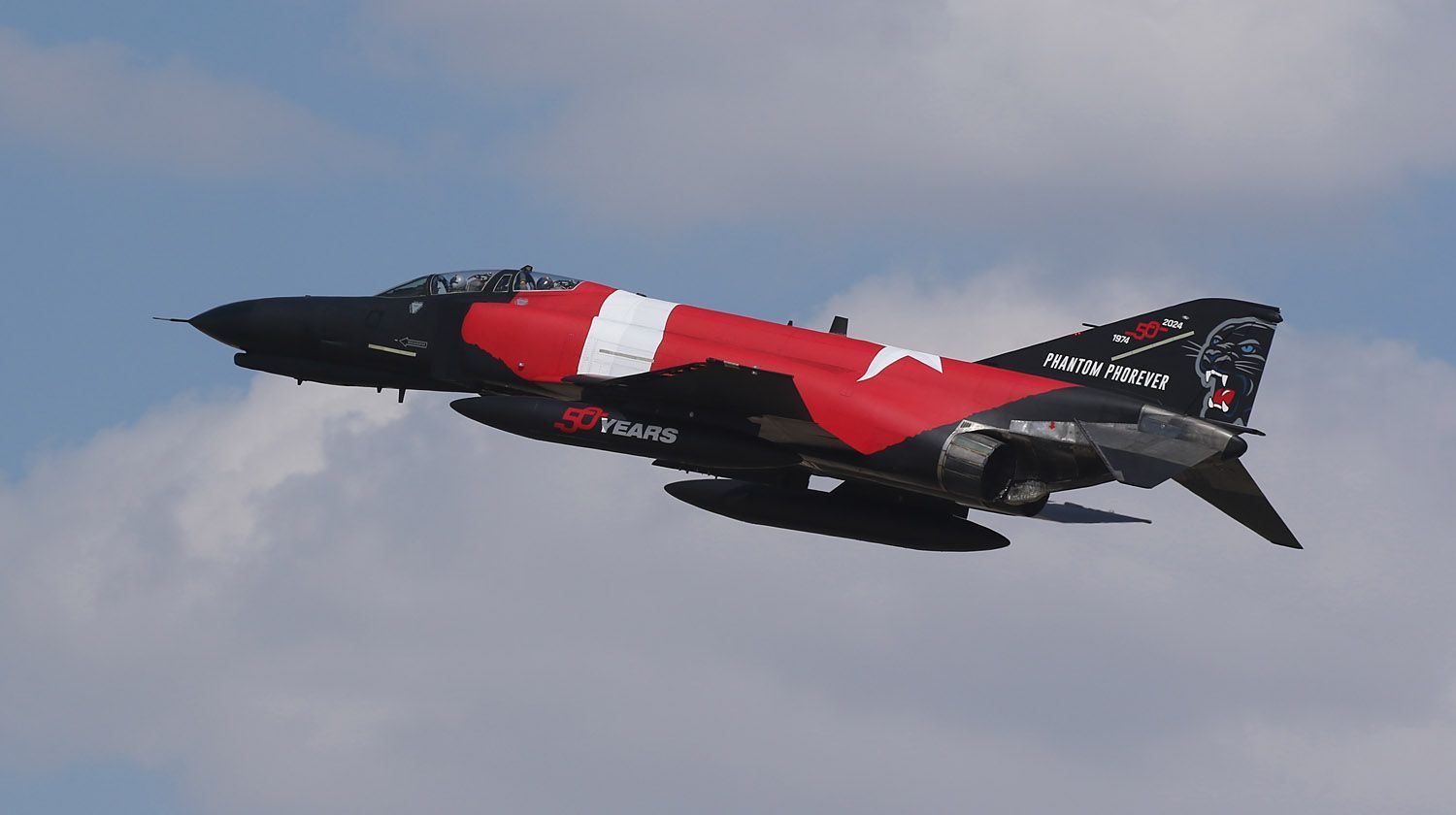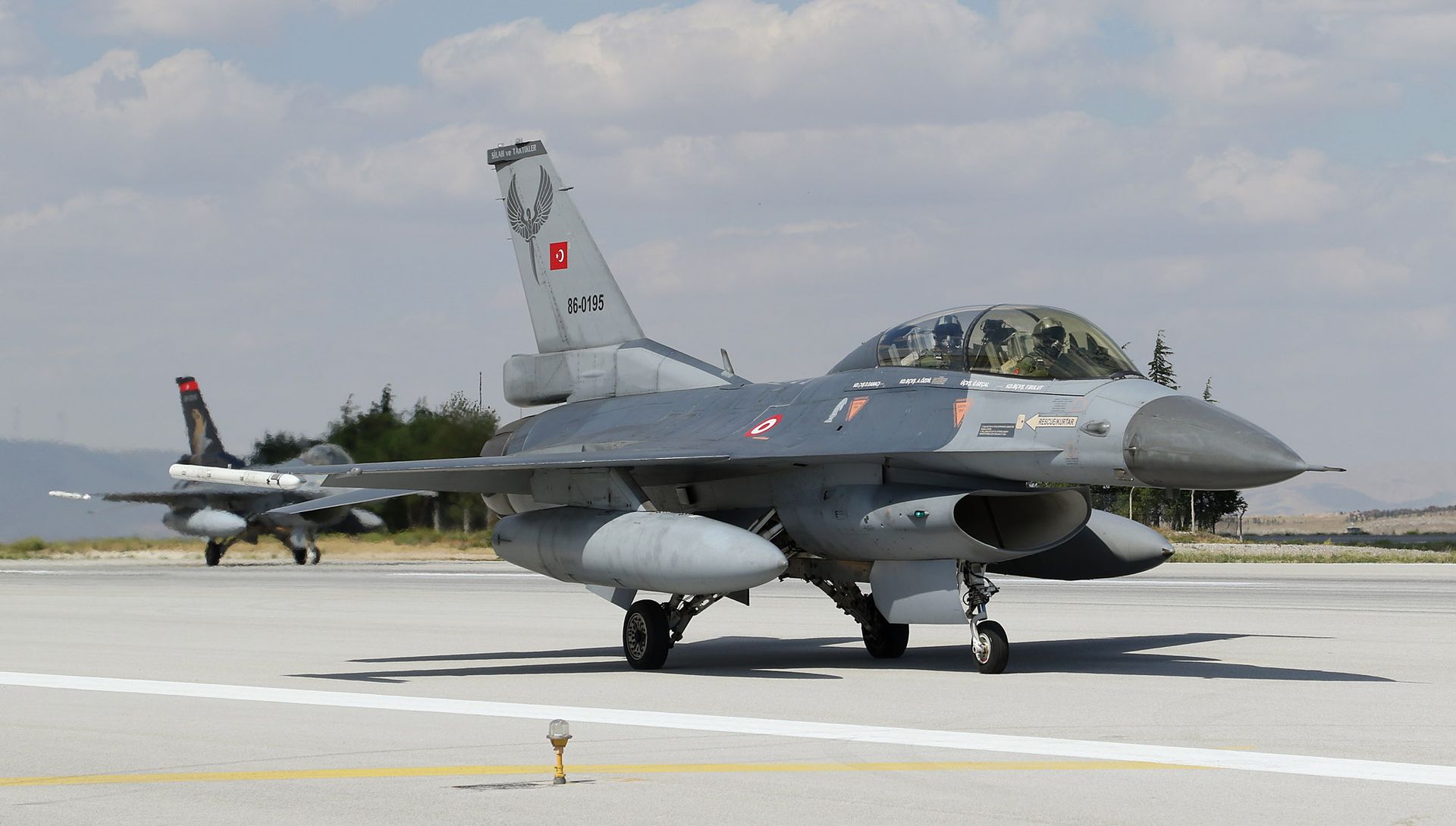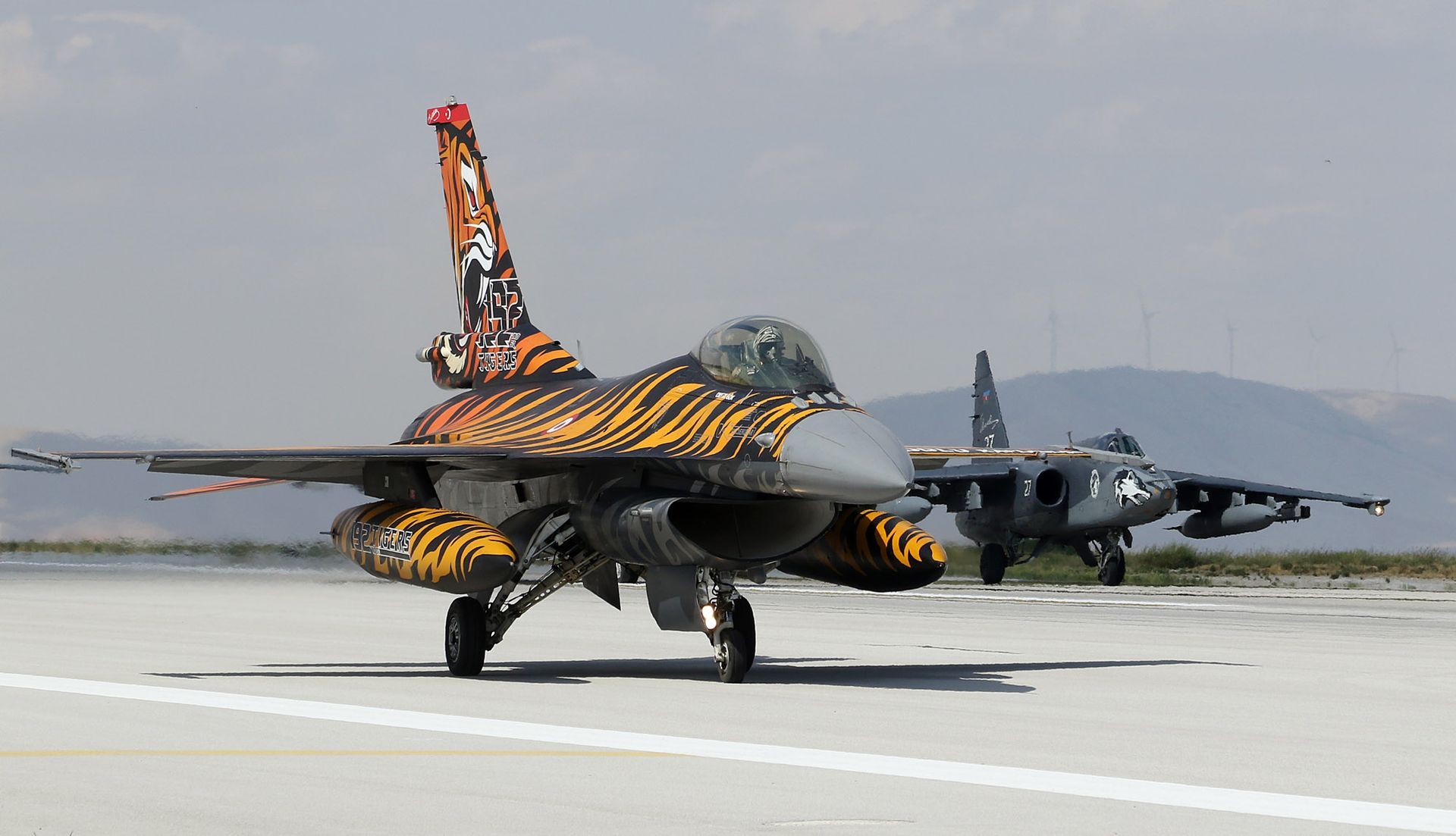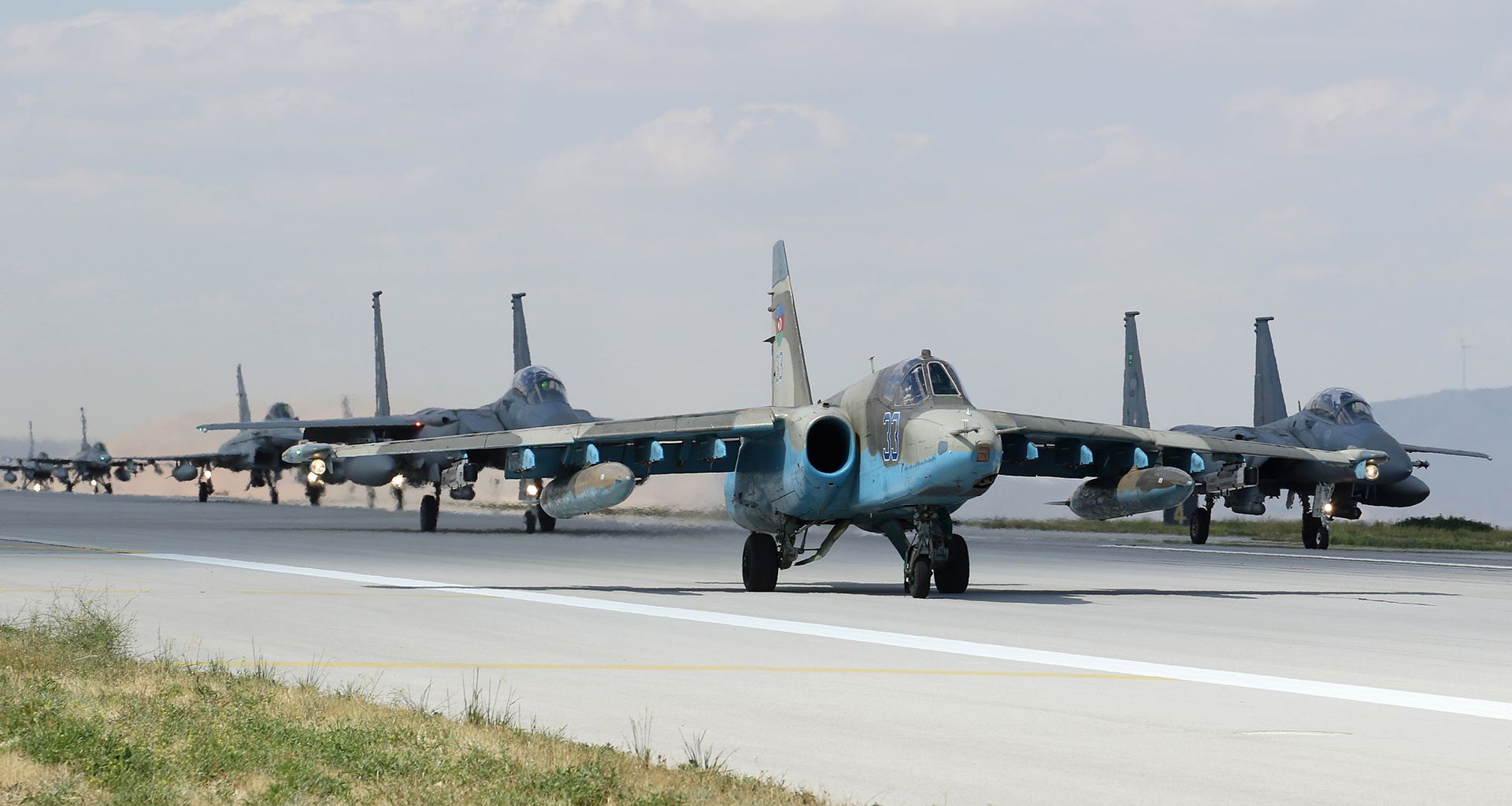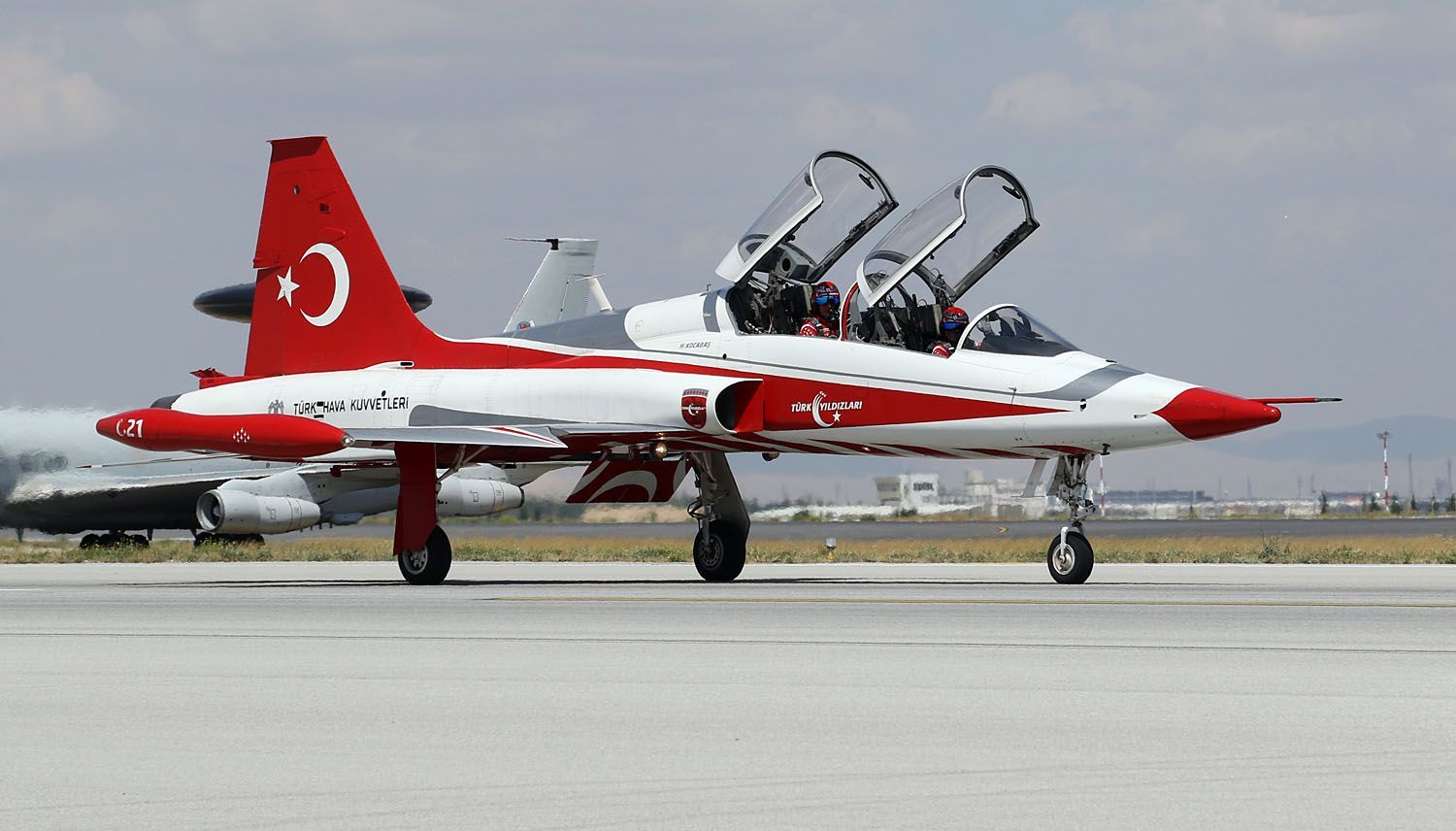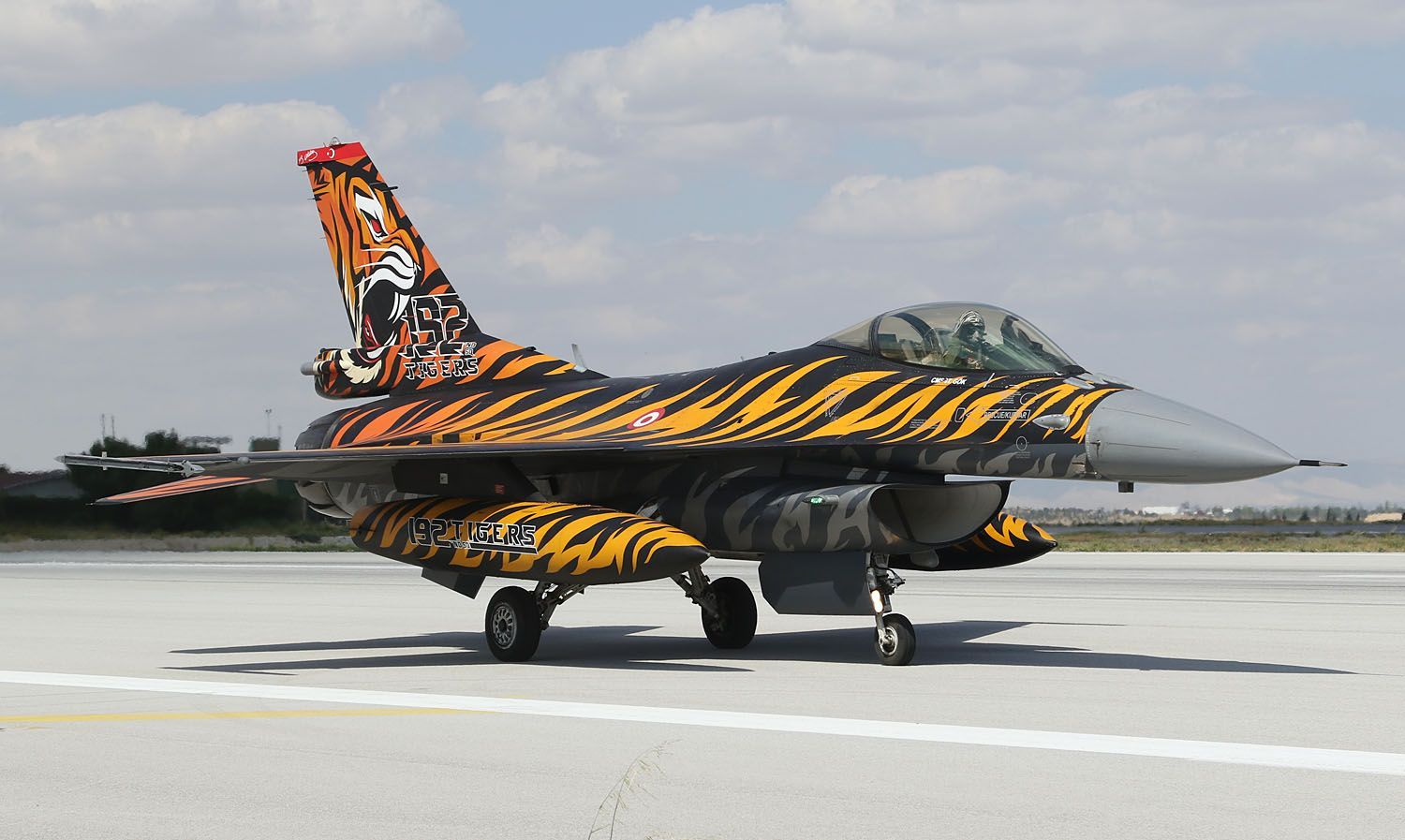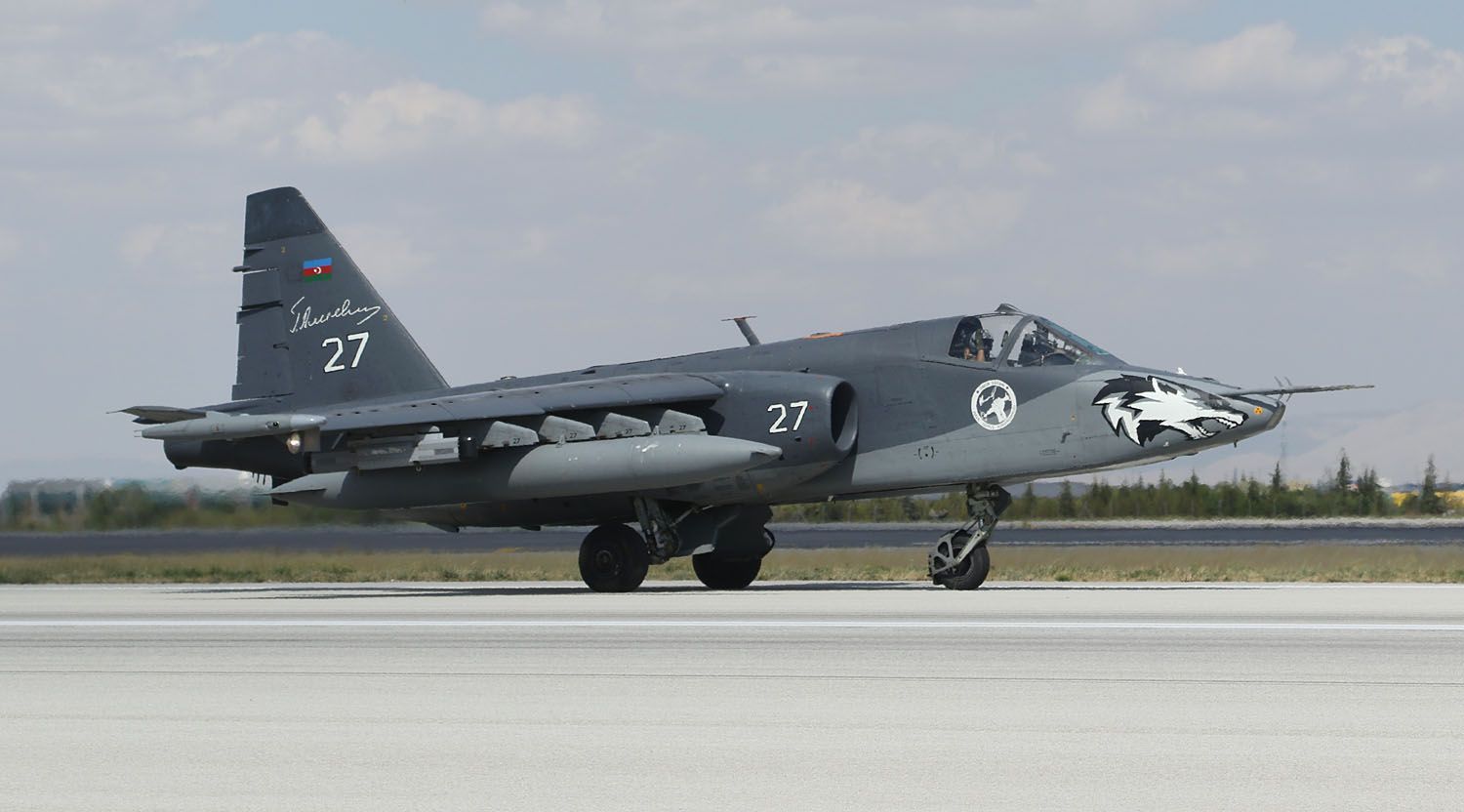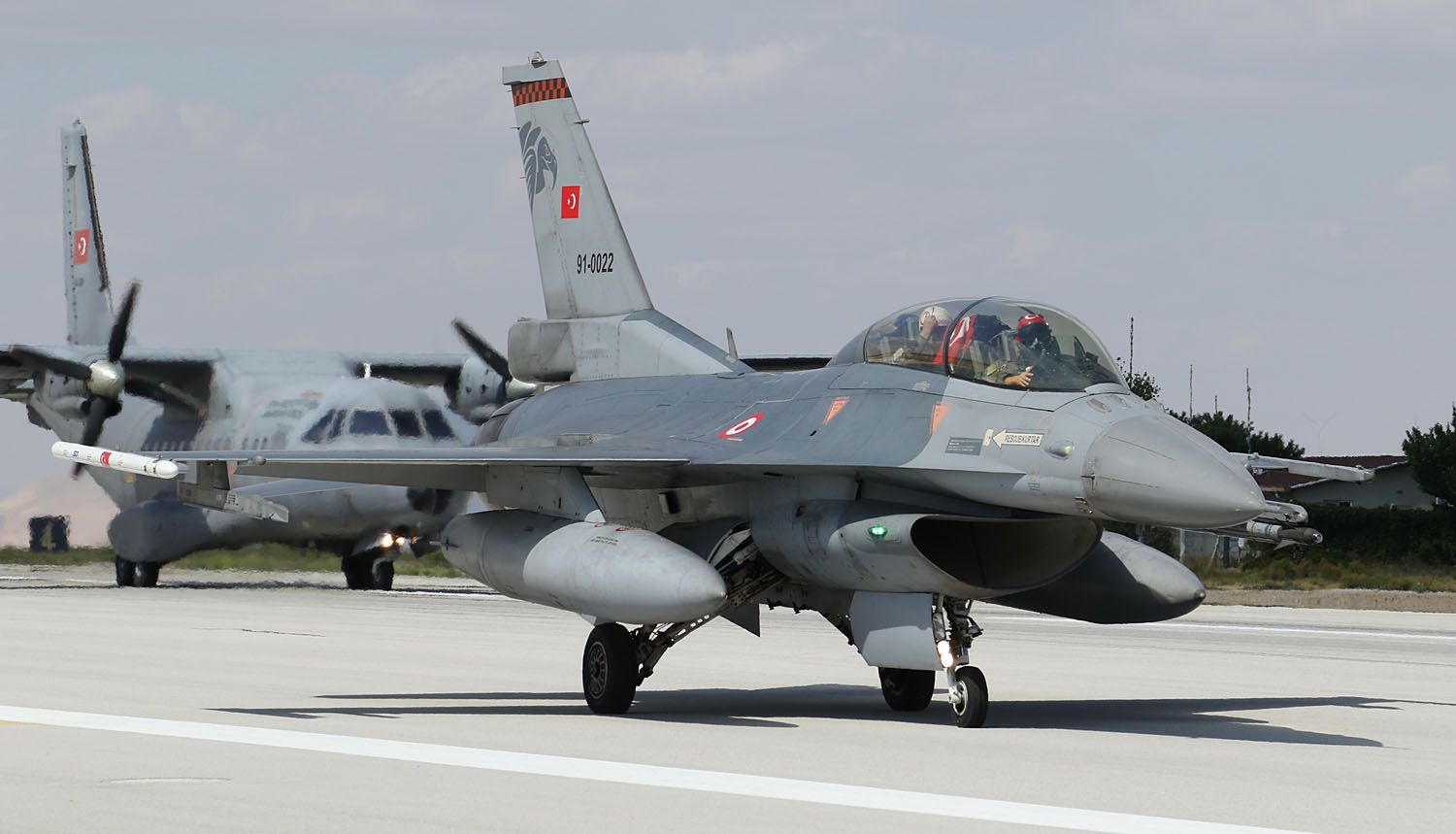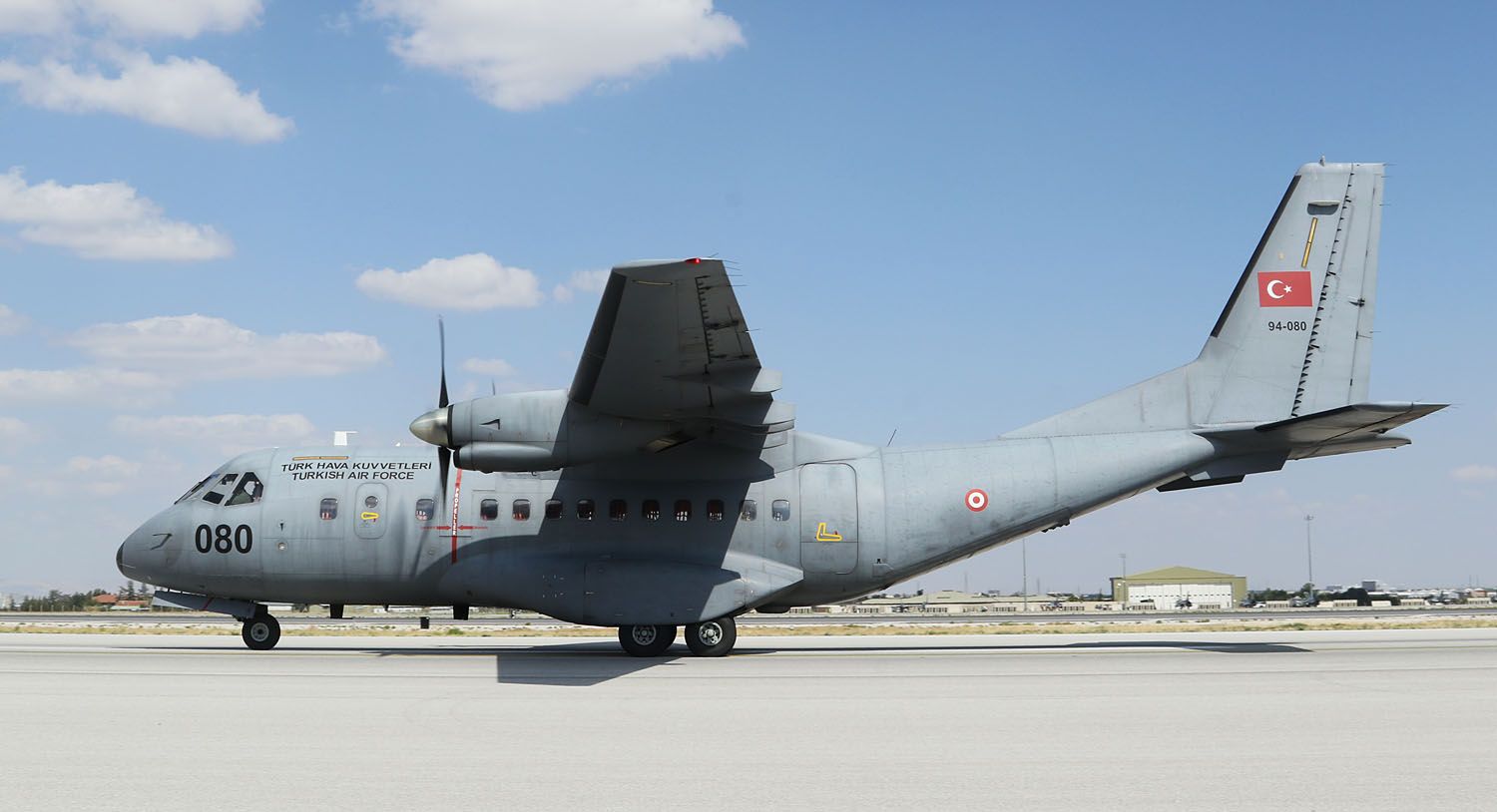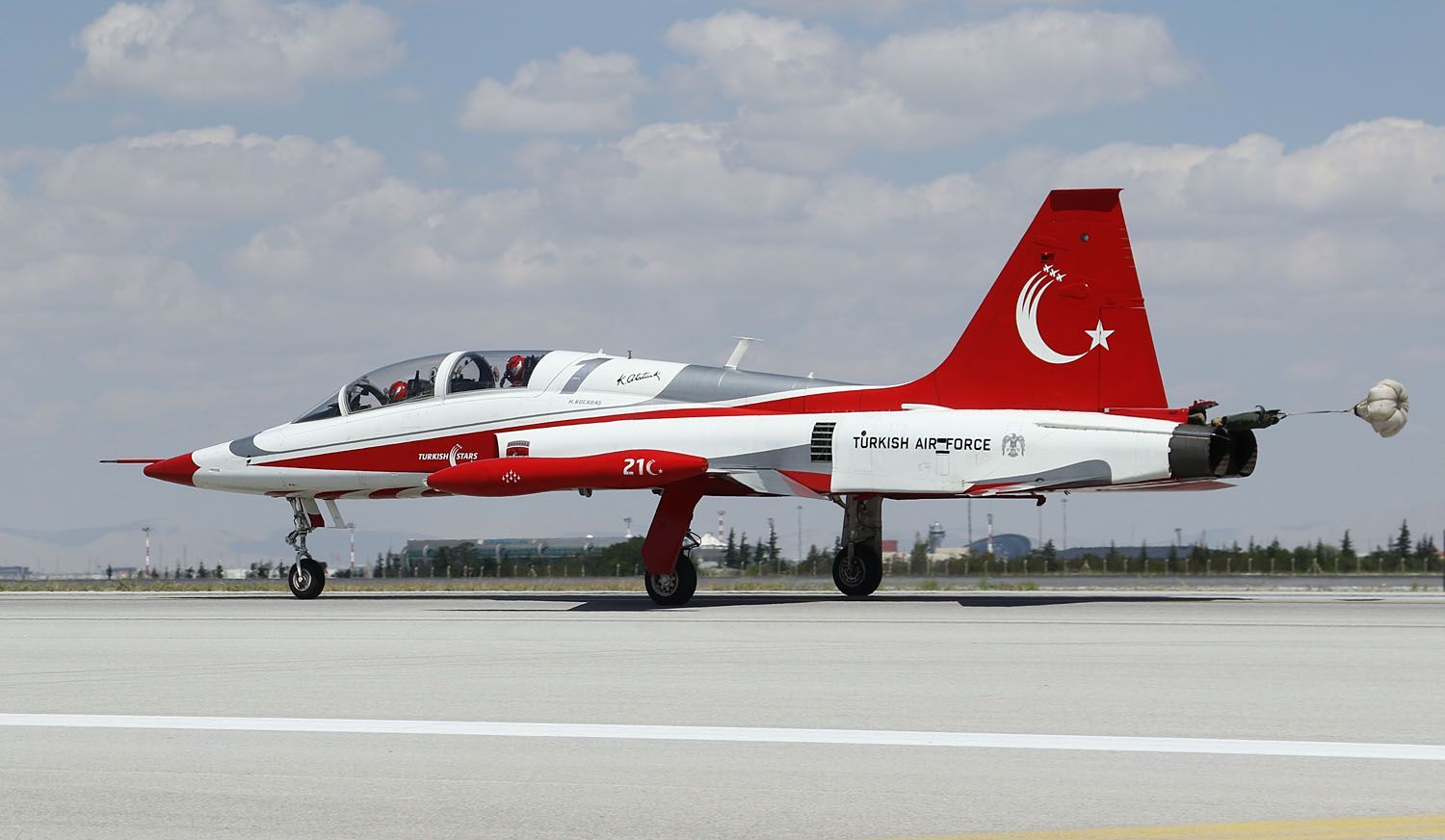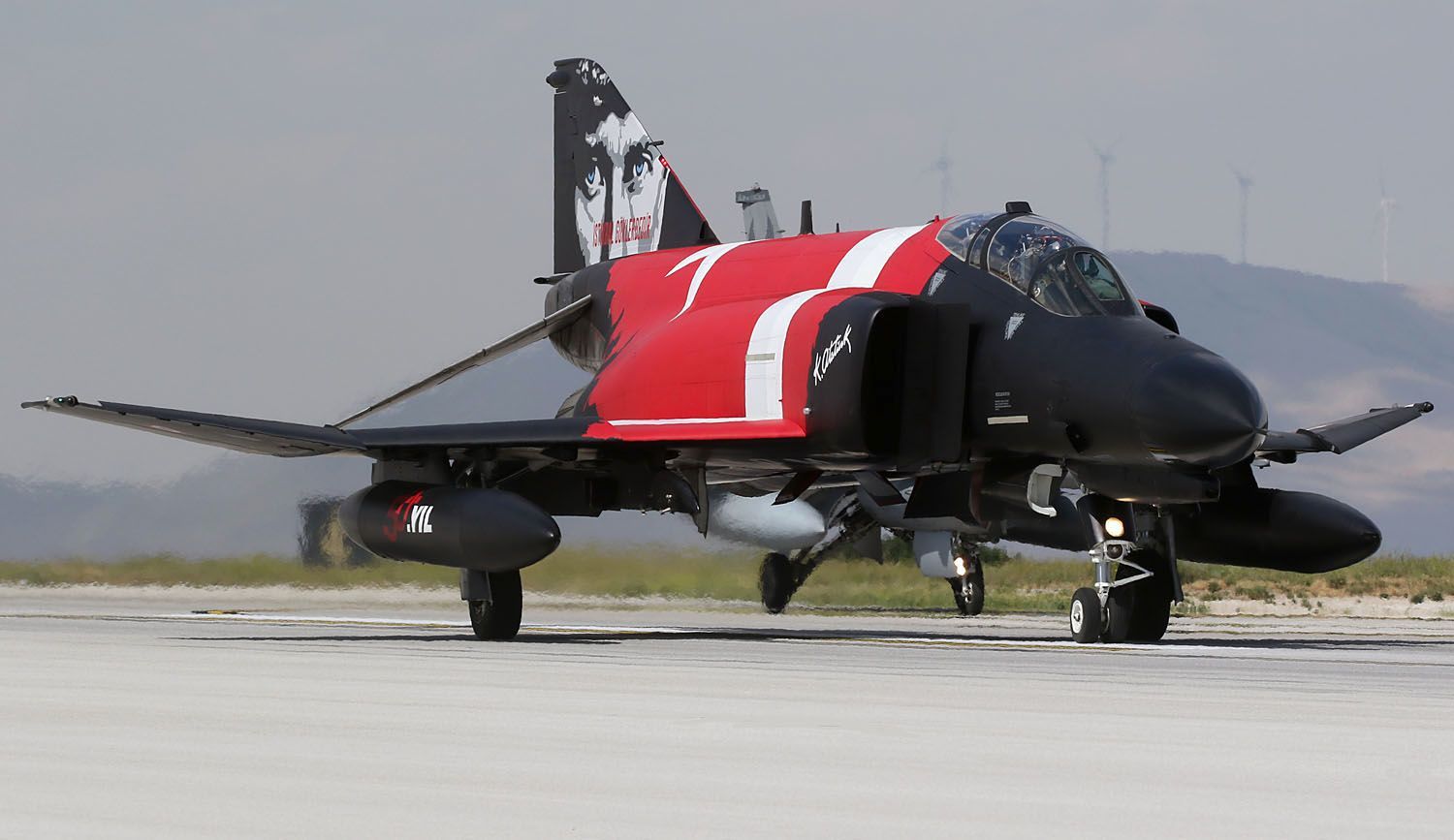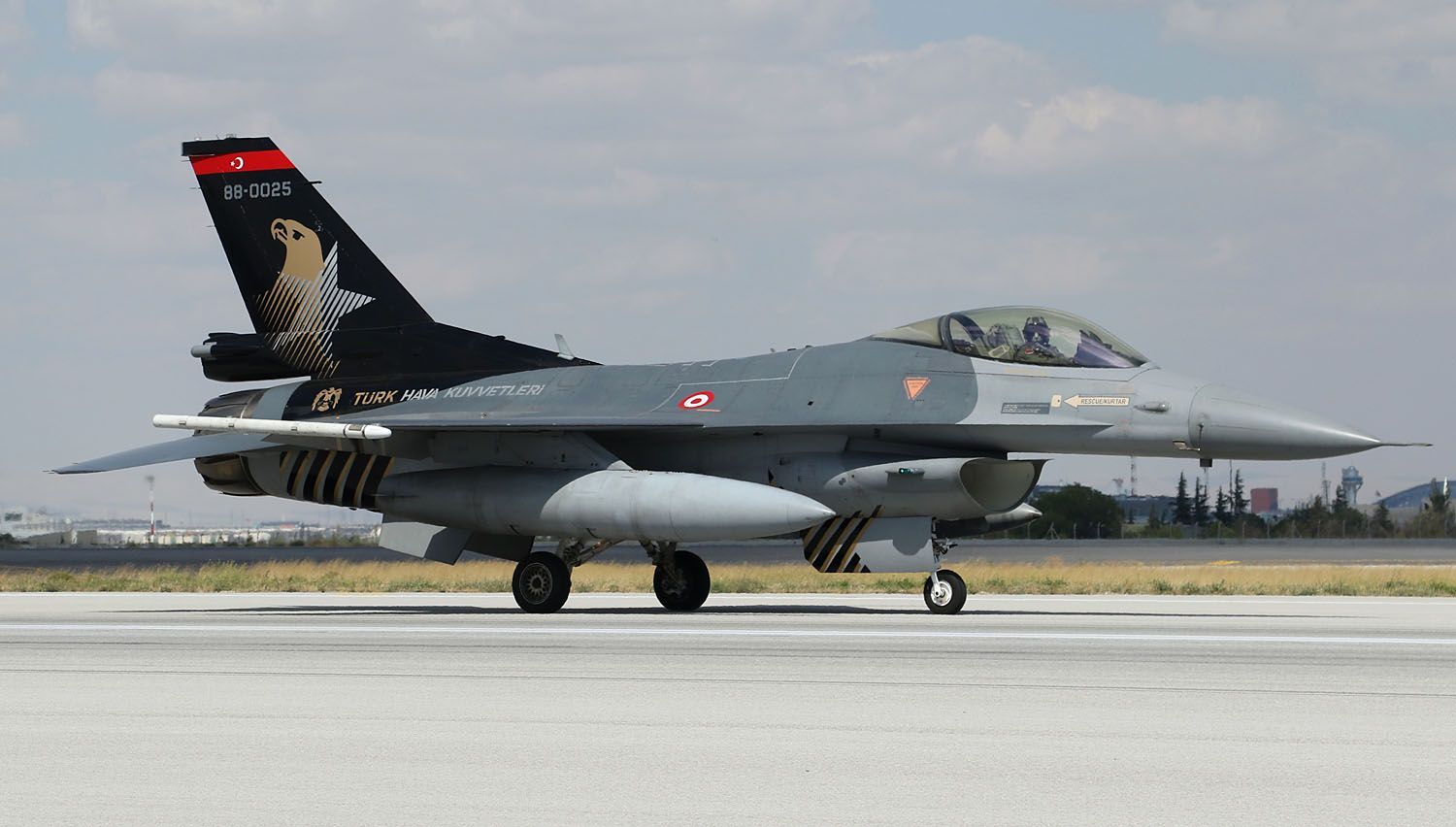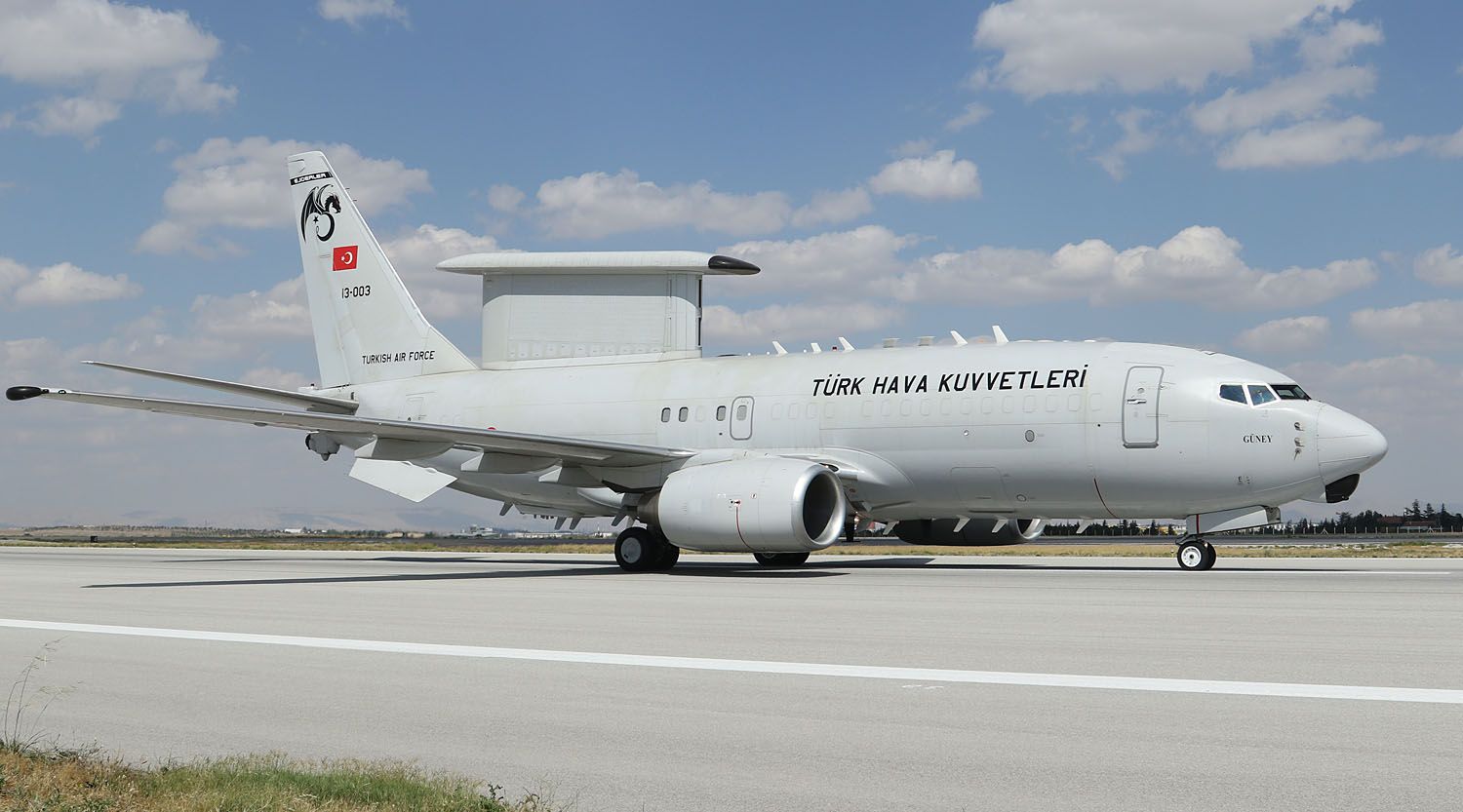Well, that time has come around again. It has been a while as works to the infrastructure at Konya have meant the exercise has been on hold for a while. But no longer. Anatolian Eagle is back! and the organisers of this major international air force exercise have granted permission to visit on both the “Spotters Day” and the Media day, which is really helpful. Anatolian Eagle is held at 3 AJU, the 3rd Main Jet Base Command located at Konya. For many years it has been an international event and the thinking is that participating nations, by flying together, by working with each other will decrease the likelihood of conflicts and make conflicts easier to deal with should they ever arise. The whole exercise is aimed at helping to preserve regional stability. (Since its inception, over 41,000 personnel have taken part from 16 nations and over 27,000 sorties have been flown.
Anatolian Eagle 2025-2
There are three other broadly similar tactical training centres elsewhere in the World, but this one at Konya, is the only one located in Europe.
For this event, the participants consisted of representatives of :-
- Azerbaijan with 2 Su-25 in the air to ground role
- Hungary with 3 Gripen in the air to air role
- Qatar with 3 Typhoon with a multi role
- Jordan with 3 F-16 with a multi role
- Saudi Arabia with 6 F-15 in the SEAD and with multi role
- USA with 12 F-16 with a multi role
- NATO with an E-3 in the command and control role
The Turkish Air Force role was extensive :-
- 113 Filo with 4 F-16 with multi role
- 131 Filo with 3 E-7T available for command and control
- 132 Filo with 10 F-16 with multi role
- 135 Filo with 1 CN235 providing airlift
- 151 Filo with 5 F-16 in the SEAD and with multi role
- 152 Filo with 5 F-16 with multi role
- 161 Filo with 3 F-16 with multi role
- 162 Filo with 3 F-16 with multi role
- 191 Filo with 3 F-16 with multi role
- 101 Filo with 1 KC-135 providing air to air refuelling
- 311 Filo with a wide variety of UAVs, viz the Anka with air to ground and ISR roles, the Akinci, the TCG Akar, Gediz, Zipkin and Bafra all with an ASUW role, the Anka 3 with an air to ground role and the Aksungur with air to ground and ISR roles.
This is not the first time that a UAV has played a role in an Anatolian Eagle exercise but never before on this scale.
This Anatolian Eagle focussed on what might be called a “crisis” phase, ie trying to prevent the outbreak of a conflict. Aircrews were trained in preventative air operations, planning rules of engagement and techniques for deterrence. It was also the first time that the ‘blue force’ had the opportunity to practice interceptions in response to a simulated mass cruise missile attack. And it was the first time that UAVs were assigned to direct strike missions with manned jets providing escort and protection against air interception for such UAVs as the Akinci, Anka-S and Anka-3, all of which were operating in the strike role. It was the first time that manned and unmanned systems were integrated into the one operation. Add to those first, the joint nature of the training and aircrews are much better equipped to deal with such threats separately or jointly and that can help to act as a deterrent to any potential adversary. Interestingly, the strike plans prepared by the pilots were often tested in combat simulators prior to the actual flight and the results obtained from the real missions, when compared to the simulation, showed that they matched by over 90% - demonstrating how realistic and closely aligned the exercise is with operational conditions.
The Eagle exercise use ACMI pods attached to the aircraft and ground based systems. The ACMI “Air Combat Manoeuvring Instrumentation”. The SDT system employed generates the attitude and position of the aircraft, simulates missile launches and provides estimates of hit and miss for up to 150 aircraft. The data link enables ground based staff to watch all that is going on in real time and after the mission, the participant crews can have that mission played back in two or three dimensional ways to help them review all that happened. During Anatolian Eagle 2025-2, some 415 sorties were flown over some 786 hours. The participating crews were able to experience new challenges reflecting the sort of circumstances with which they may be confronted in air warfare as it is developing. For the observer nations who were able to review all that was happening in real time from the ground and air based systems, there arises the opportunity to take part or take part again in future Eagle exercises.That tells you a little about Anatolian Eagle, what it does and what it seeks to achieve. But what about the “Spotters Day” what is that like? and the “Media Day”. On the “Spotters Day” over 1,000 people were admitted to the air base, passports, identity cards were checked against the list of those who had received approval to their application, passes and lanyards were issued, all very smoothly and efficiently done. As folk received their passes they were bussed out to the airfield to be positioned close to the visiting aircraft apron, alongside the taxiways and with the sun behind them. Gradually the area filled up but never over full. Everyone could find a space to get a view and to get their photos. Then with impeccable timing, all were in place, the pitch of running engines changed, canopies started going down and aircraft started taxiing out. From the other side of the runway, an E-7 Wedgetail taxied out and took off. That would be in command, watching, the whole of the exercise – the first aircraft out and the last one back. It had begun. Over the next 60-90 minutes we had F-15’s, F-16’s, Typhoons and Gripens taxiing past us and taking off in front of us and, from our left, down at the ‘shelter’ end, F-16’s of the Turkish Air Force, from so many different squadrons, would be launching as two’s, three’s or four’s to undertake their roles as Blue or Red Air in between the F-15’s, Typhoons etc. And last to go (and always first back) the pair of Su-25’s from the Azerbaijan Air Force. Probably 30-40 fast jets taxiing past us, taking off right in front of us, sun out but behind us, blue skies, mountain backdrop. This was great. Absolutely great.
The aircraft returned after a while, were photographed touching down and all those Turkish AF F-16’s with their various squadron marks would taxi right past us on their return to the shelter area, as did the pair of Su-25’s. Then there was a lunch break with very well organised serving of food and drink at very reasonable price to all those who wanted it, memorabilia, squadron badges etc, were also on sale. Then it was back on the buses and to the other side of the runway in readiness for the afternoon flying so we would have the sun in the right position again for photographs.
And there were some afternoon missions, providing scope for photos from different sides of the participating aircraft, different backdrop etc. But there were also two very special events in store. One was a demo by the Turkish Stars in the NF-5’s. What precision flying in these (not young) fast jets, very impressive and a little later, the launch of an F-4E “Terminator” in the special colour scheme shown at the event at Eskisehir Air Base, last Autumn to mark 50 years of this wonderful aircraft in service with the Turkish Air Force. The F-4E looked so impressive in that scheme, as were the fast, low level passes, banking left and right to show off the colours – the Turkish flag on the upper surfaces and the F-4 ‘Spook’ character on the undersides.
At the conclusion of the day, Major General Mete Kuş, Commander of the 3rd Main Jet Base, walked along the crowd line to chat with and ask those present if they had enjoyed their day. Judging by the big smiles on the faces of everyone I think he knew the answer! The arrangements for access to the “Media Day” were identical but with far fewer attending, probably no more than 150, the issue of passes was carried out very quickly. We started the day by attending a briefing on the exercise itself and it was that which has enabled me to write the first part of this article. Very helpful – clear and succinct and some useful slides (all of which were copied to us later). What ‘stays’ with me though, is the focus on what is happening now. Issues the Turkish Air Force is addressing now through the Exercise. The role that space has to play, that cruise missiles and UAV’s have to play and how air forces deal with the changing, and challenging, environments. Clearly, they are trying to get ahead of the “game”.
With the briefing over we were bussed to the other side of the airfield and again, with impeccable timing, canopies started going down and jets started taxiing. Today we could try for angles or positions we maybe just saw yesterday or maybe to get the photos we missed yesterday. There was a short lull between everything taking off and starting to return and once it had, we were bussed back to the other side and lunch was had in the ‘mess’. Good, simple, healthy fare, which was much enjoyed and much appreciated. Very kind and generous hospitality (and very typical of the Turkish people).
Then it was back outside for the “Turkish Stars” were ready to show their display routine. There were film crews and journalists present today I think who had not been present the day before so some of us were very lucky to have another chance to watch the display and having seen it to be ready for the photo opportunities missed yesterday! With that the event drew to a close.
From what we learned, with the briefing being at the close rather than the start of the exercise, the whole event had been successful. Objectives had been met, learning had taken place which could be shared by those who had taken part with others in their squadrons back home, in another Country or at another Turkish Air Base.
The Anatolian Eagle exercise will continue to develop; that is clear and I have no doubt other nations will want to be a part of, to share, that experience in future years.
I would just close by expressing thanks, on behalf of myself and the Editor of this webzine, Mark Forest for being given the opportunity to attend this event. We express our admiration for the efficient way in which all of the arrangements were made and carried out before and during the event for Spotters and for Media and lastly, we thank all of the Turkish Air Force involved for their hospitality and for making attendance possible.
Author Peter Nelson
Photography Mark Forest & Peter Nelson


